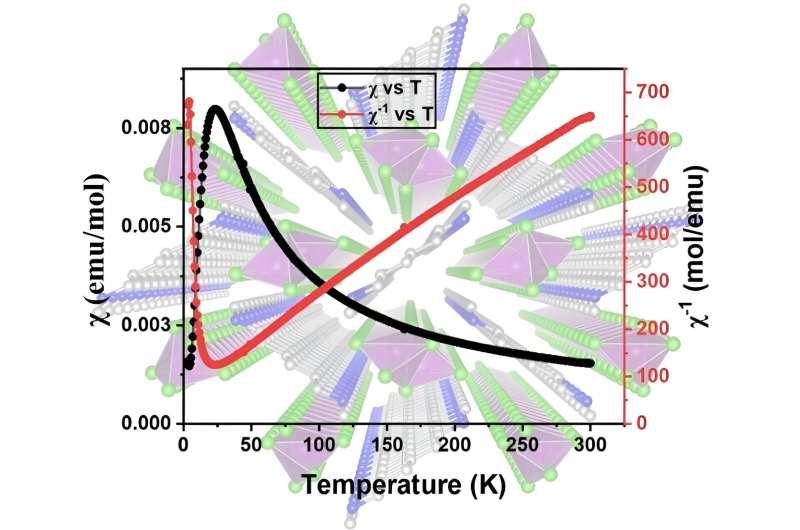As technology continues to evolve, the demand for more efficient and powerful electronic devices is growing. This article explores the groundbreaking work of researchers at Florida State University, who are pushing the boundaries of spintronics and hybrid materials to pave the way for the next generation of microelectronics and quantum technologies.

Harnessing Electron Spin
Our traditional semiconductor-based electronics are not long for this world as our devices continue to get smaller and more powerful. But there is a new area, what we call spintronics, an emerging technology bringing hope. At the heart of magnets are atoms whose electrons align in the same direction, producing a positive or magnetic poles, that generates fields often used in storage systems and electrical machines. Spintronics (spin electronics) is technology that uses the magnetic moment associated with an electron’s spin to perform memory and logic functions- as opposed to devices where only charge is used such as conventional electronics.
Leading this groundbreaking research are Professors Biwu Ma in the Department of Chemistry and Biochemistry; and Peng Xiong in the Department of Physics. They are investigating the use of novel magnetic and electronic properties that they are finding in a new class of hybrid materials, low-dimensional organic metal halide hybrids, as a way to revolutionize spintronics.
Exploring Hybrid Materials
These materials are hybrid organolead — metal halide perovskites composed of organic and inorganic building blocks that can be readily assembled into various crystalline structures packing an out-of-plane or layered dimension. The team, by choosing the organic- and metal halides parts carefully, can bend the materials’ properties, which makes them applicable for a large variety of applications ranging from optoelectronics to spintronics.
In an article published online in Angewandte Chemie, Ma and Xiong reported the realization of an antiferromagnetic ordering one-dimensional (1D) organic cooper chloride hybrid insulator. This discovery underscores the remarkable tunability of these materials and their potential as an extremely flexible quantum medium for spintronics.
Changing the Way Spin is Created
While conducting research with Ma, Xiong has been developing new type of power-generation solution for spintronics, entirely independent from the prior research done by his group. Historically, spin generation has been done by interaction of magnet which may cause the fringe field that can create disorder in the alignment of spin.
Now Xiong has devised a magnet-free technique to make the electrons 30 spin burn by utilizing the fact that an electron’s spin interacts with chirality in its surroundings; This rules of engorgement has the sole disadvantage truly uncovered by Xiong in a study (published in Advanced Materials) that showed driving an electron through a chiral structure can cause spin polarization and therefore, far more energy-efficient as well integrated way of generating spins within semiconductor devices.
